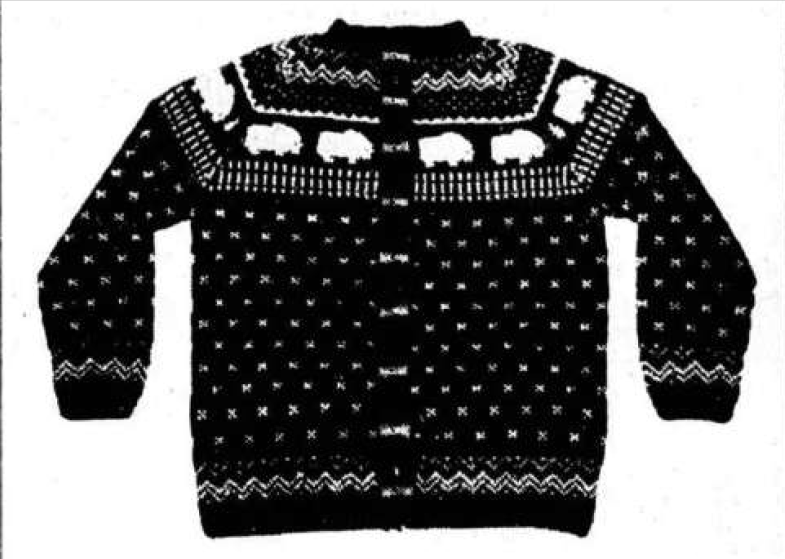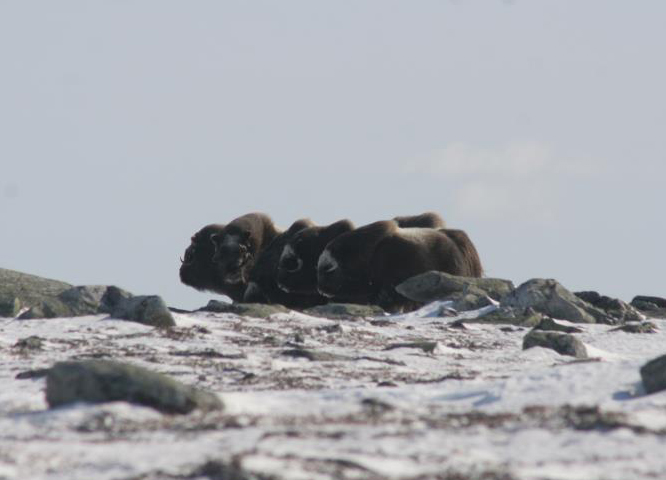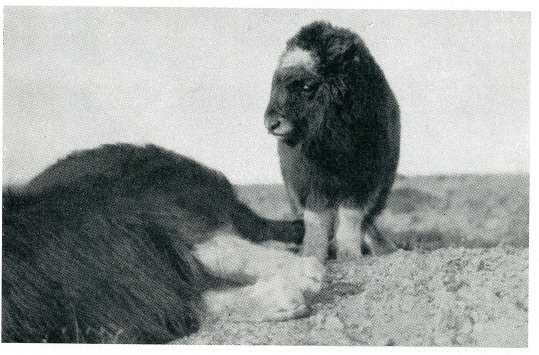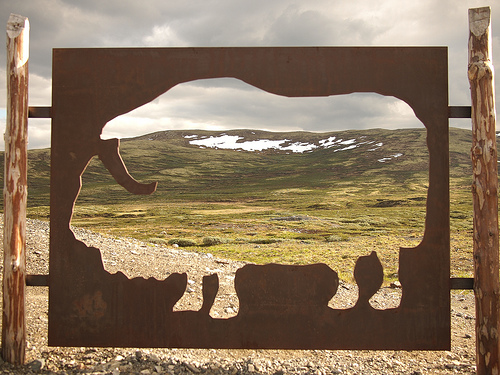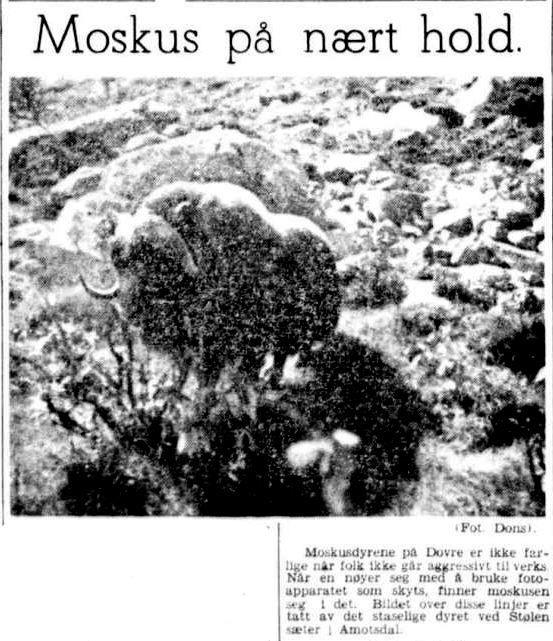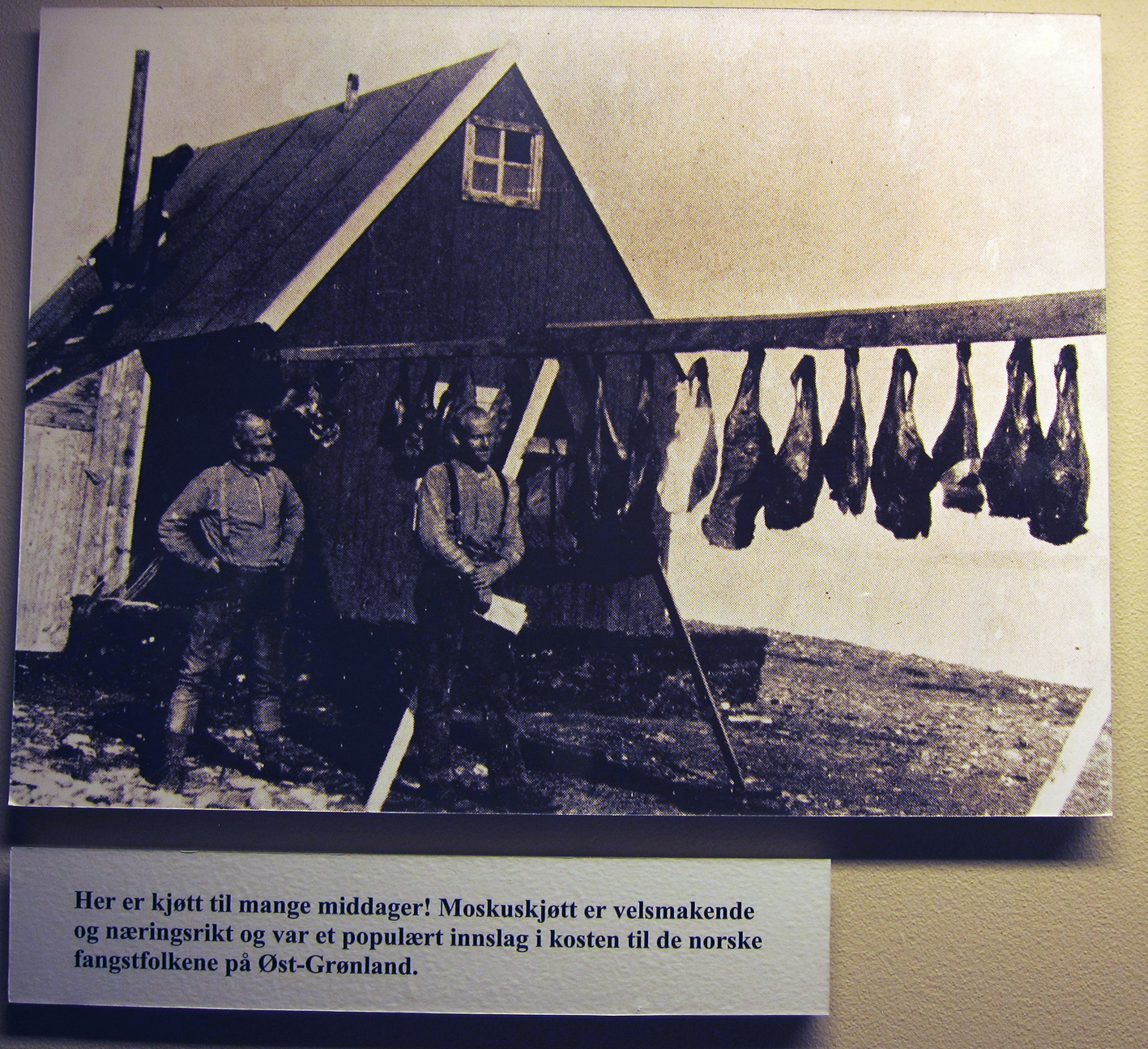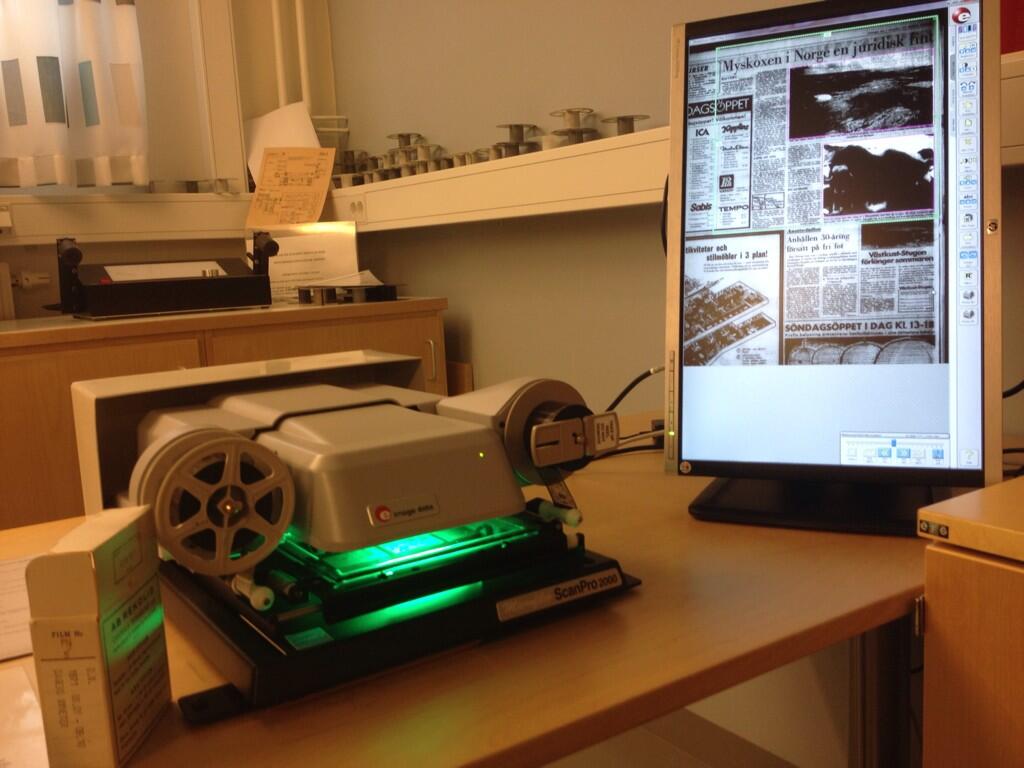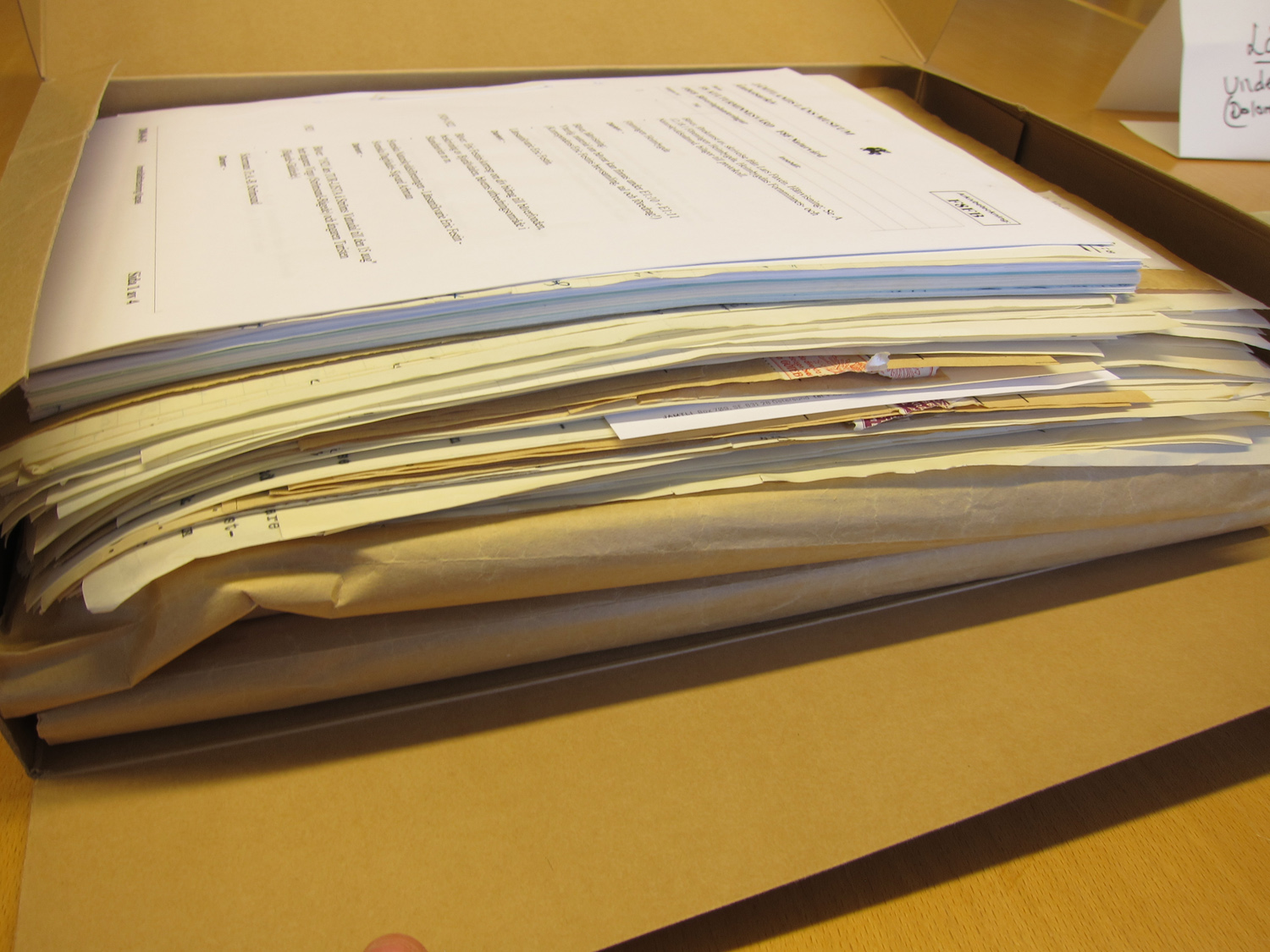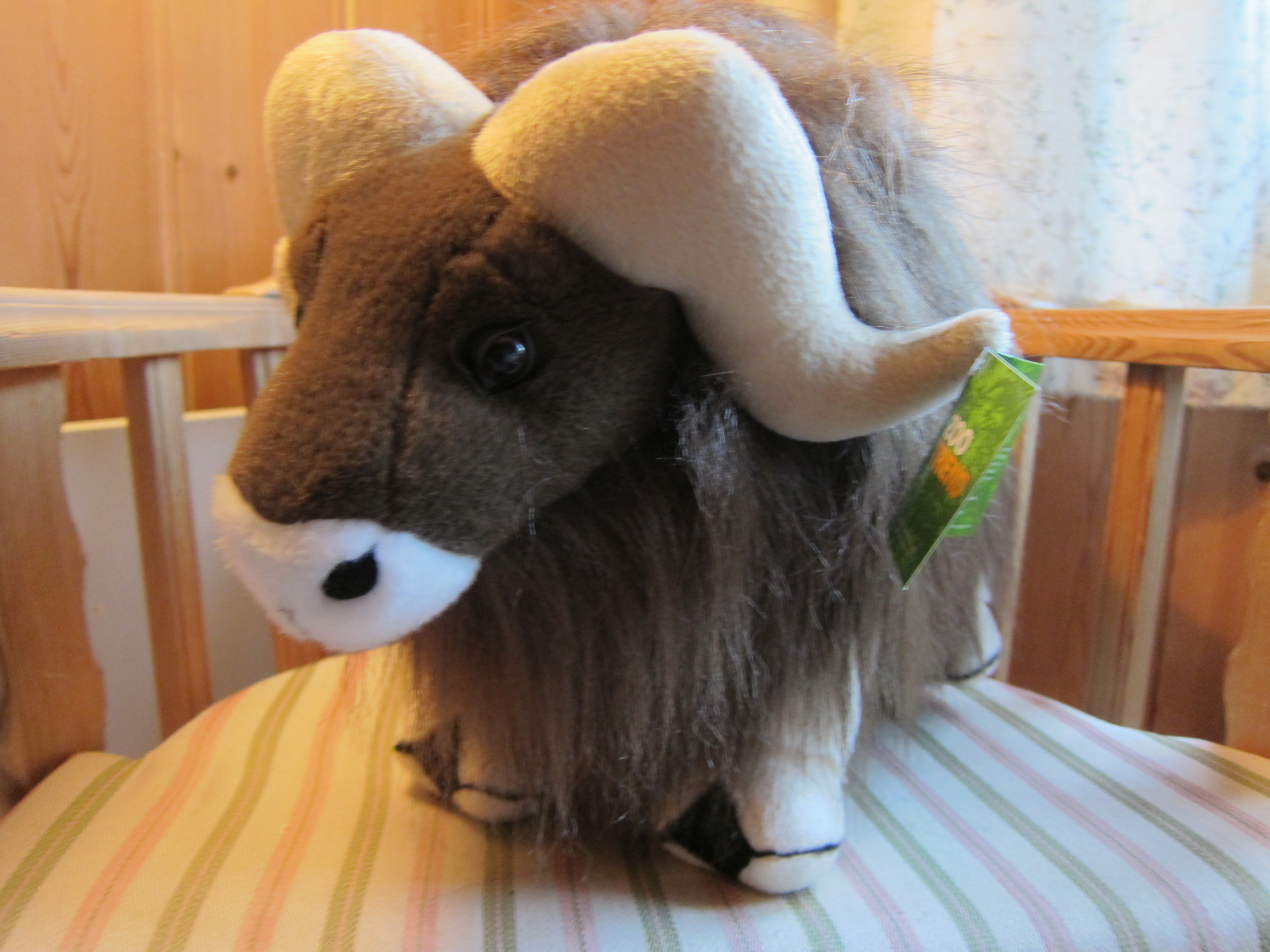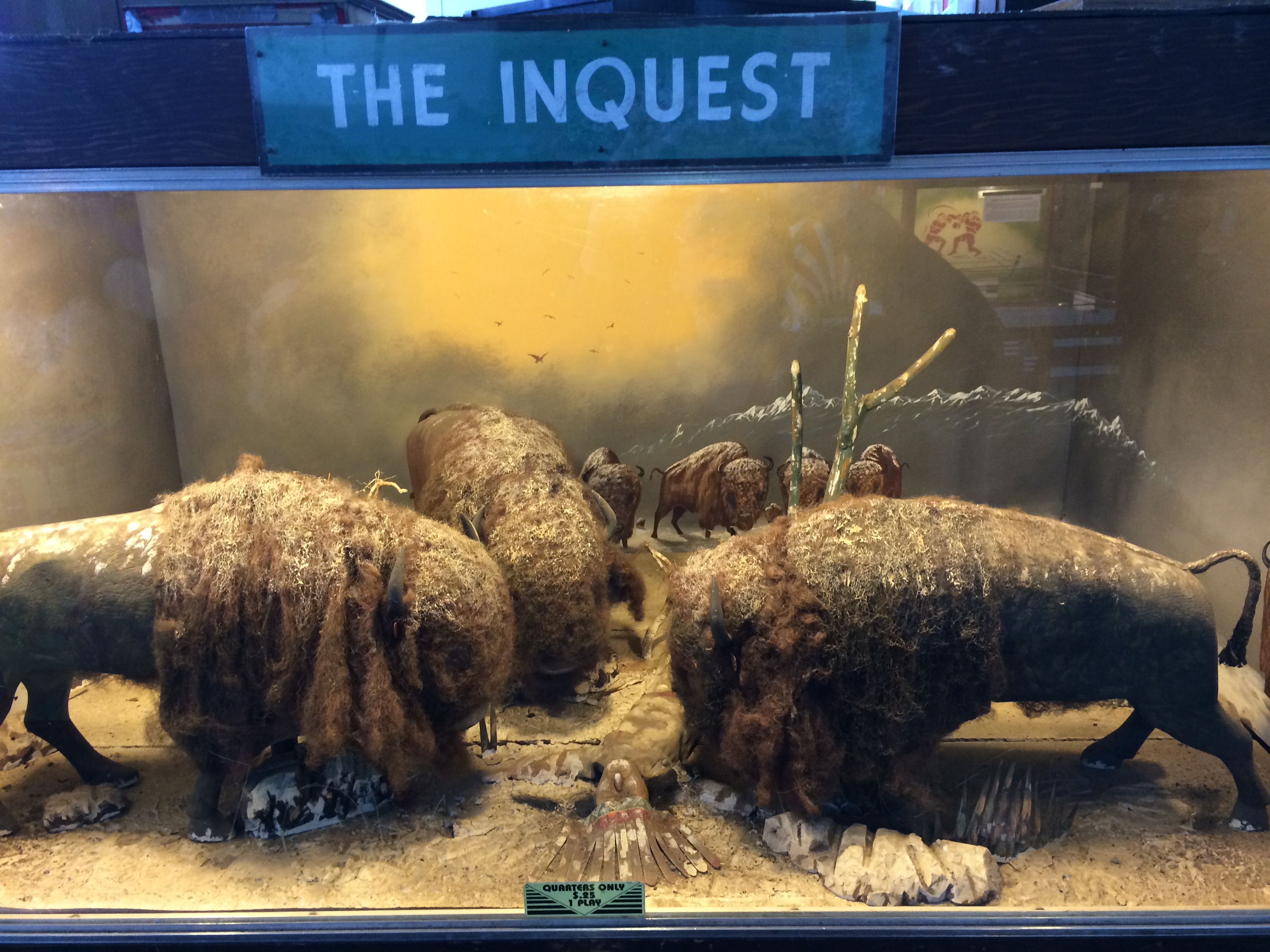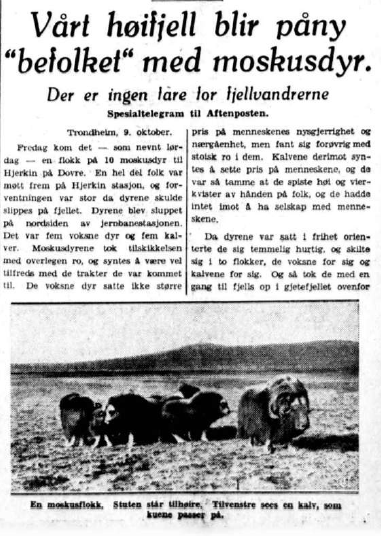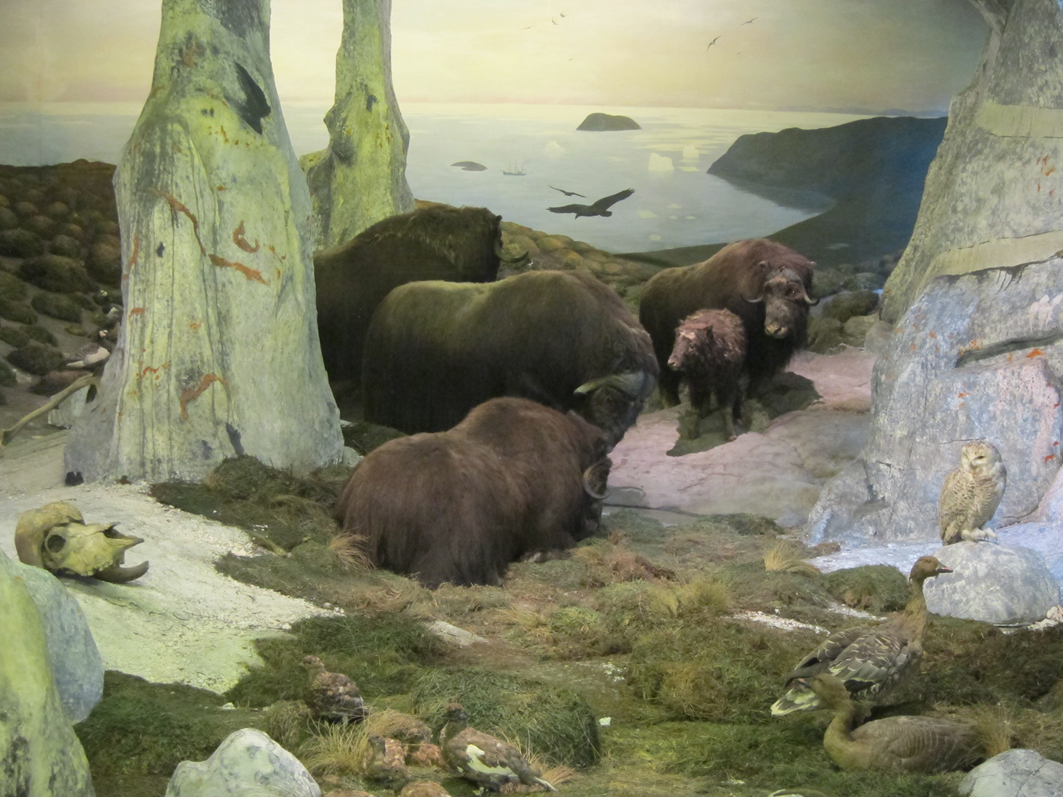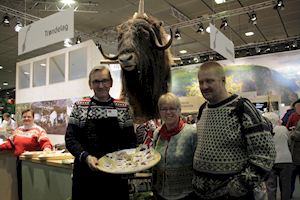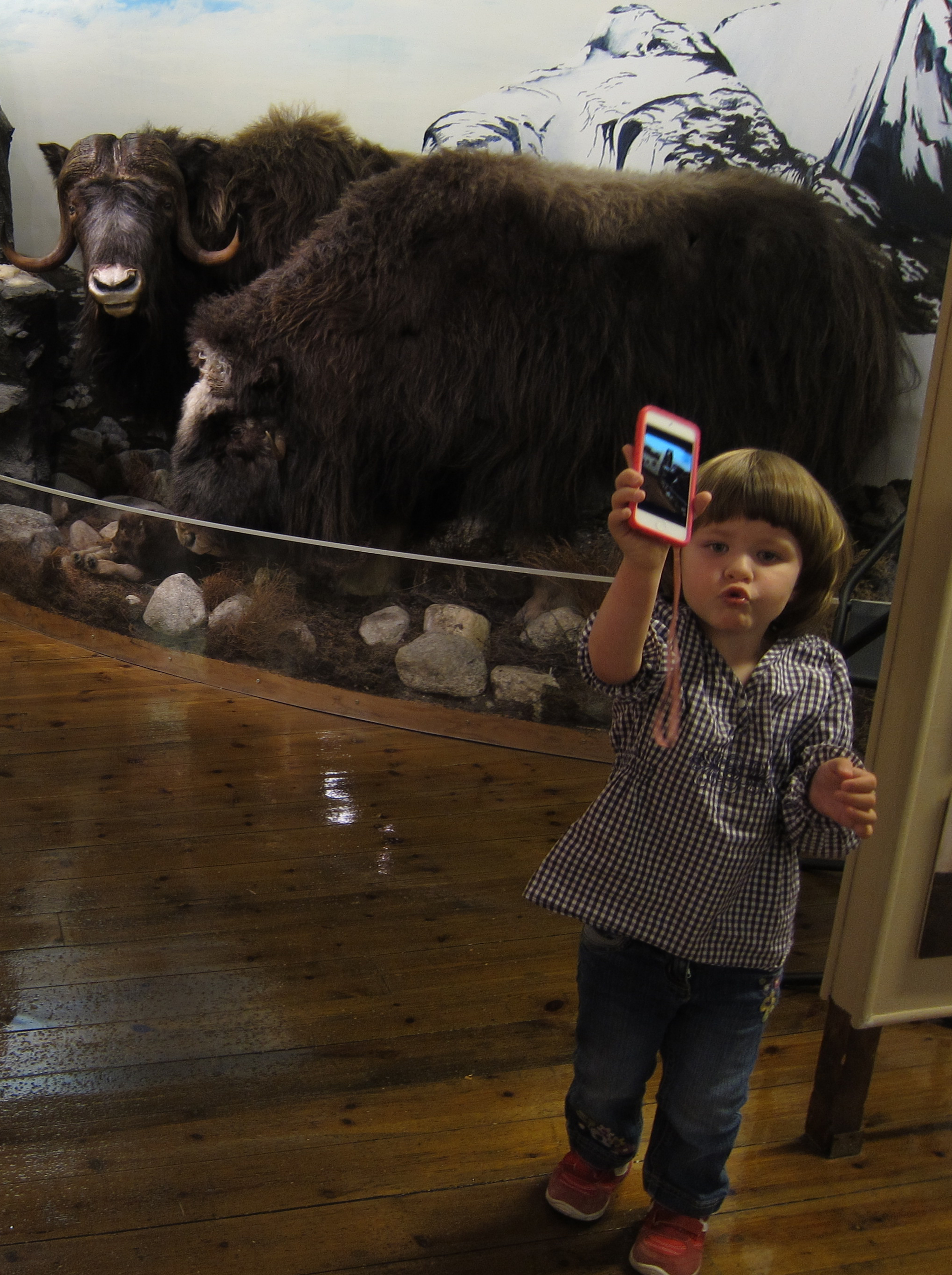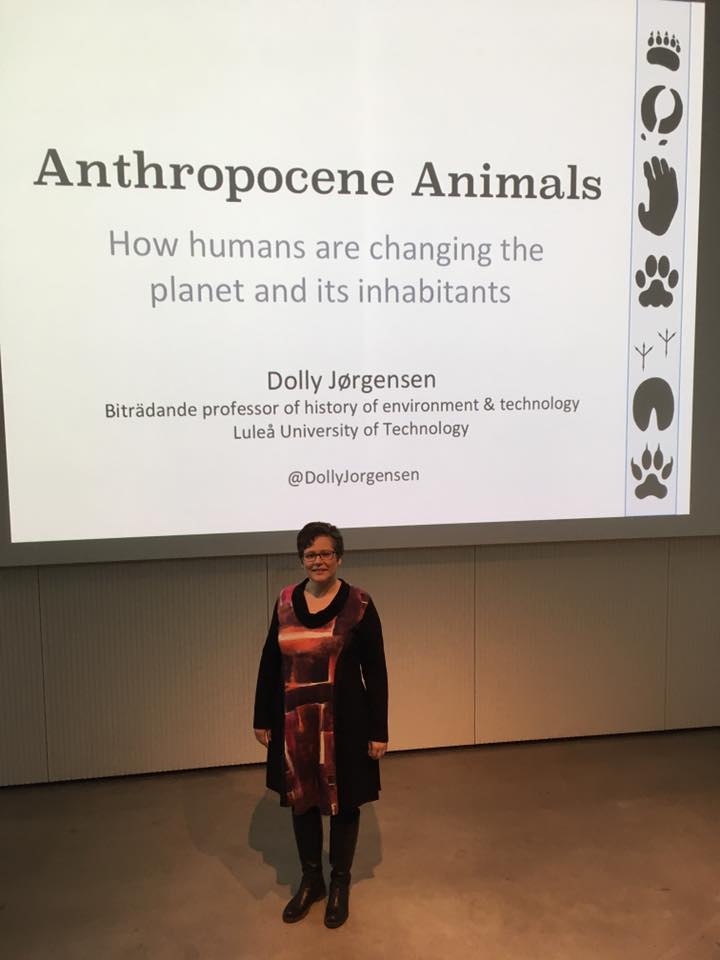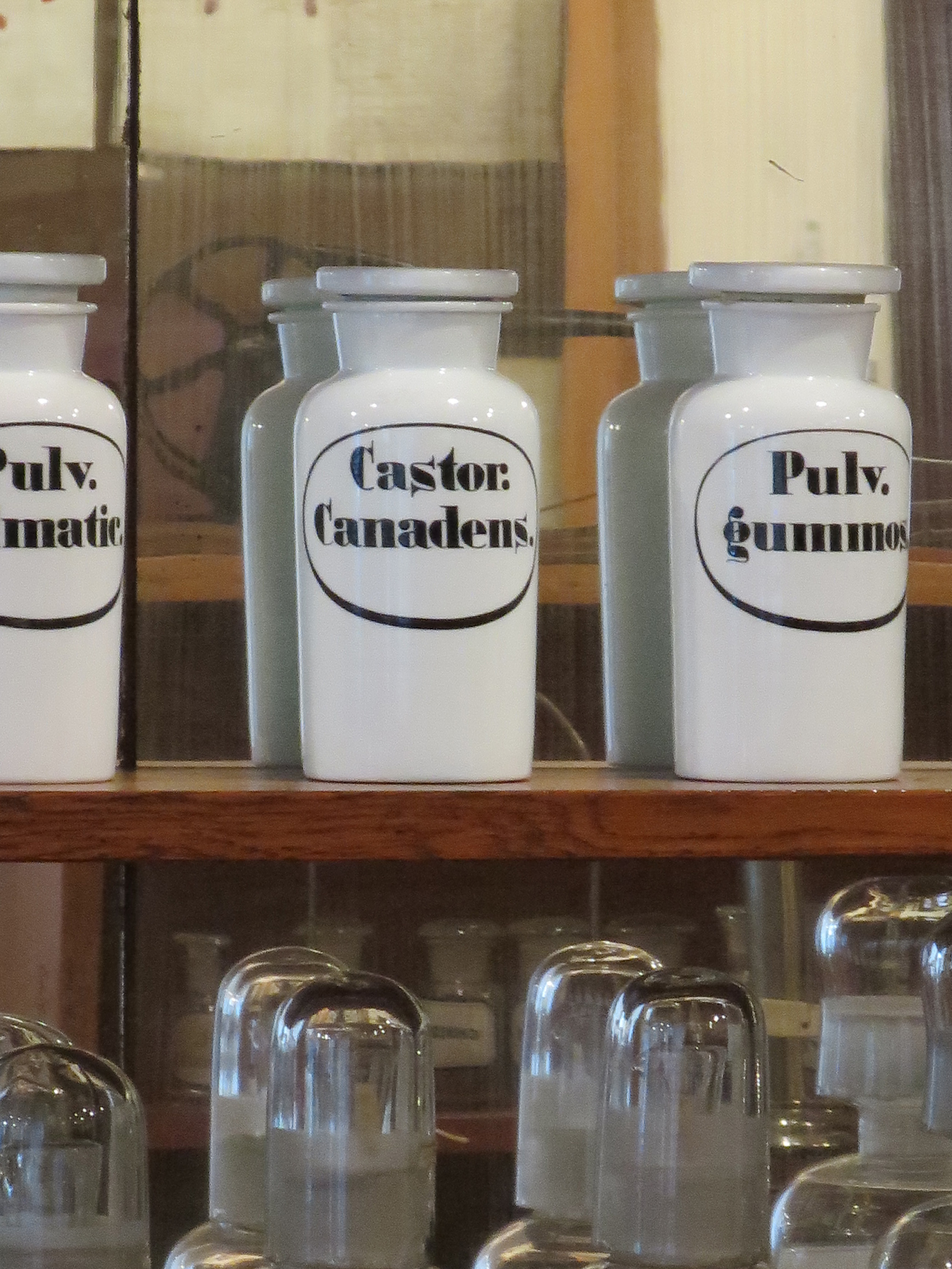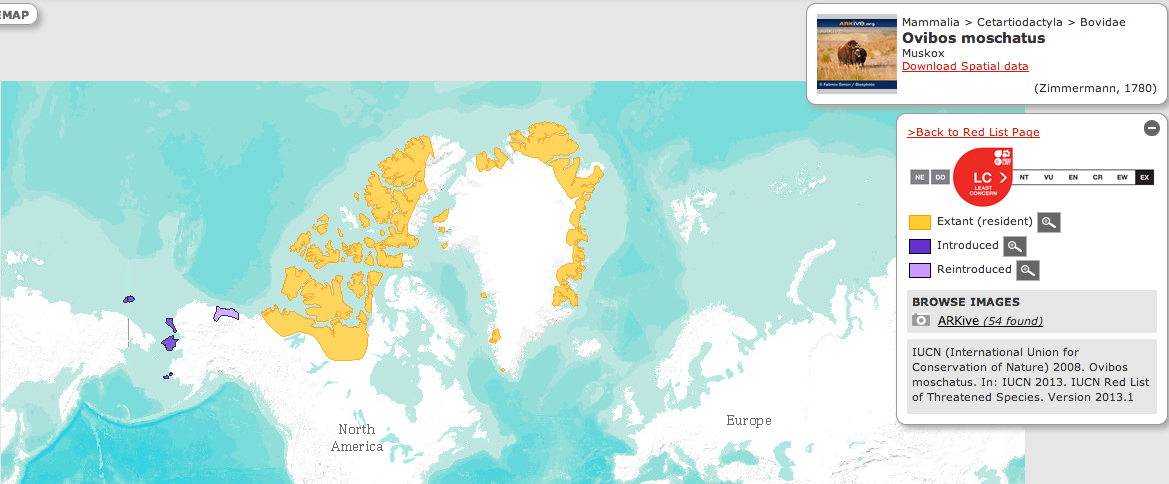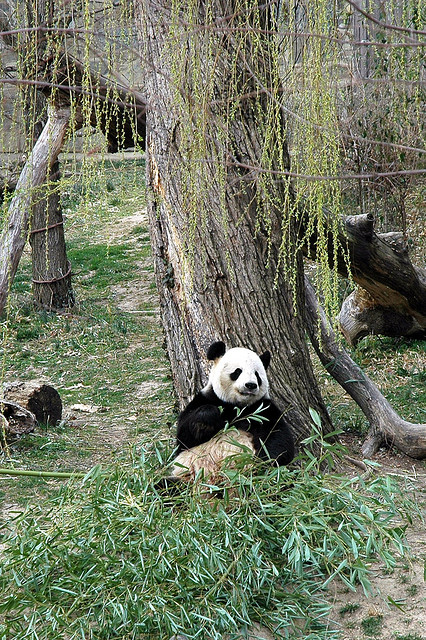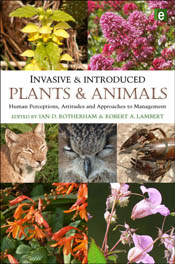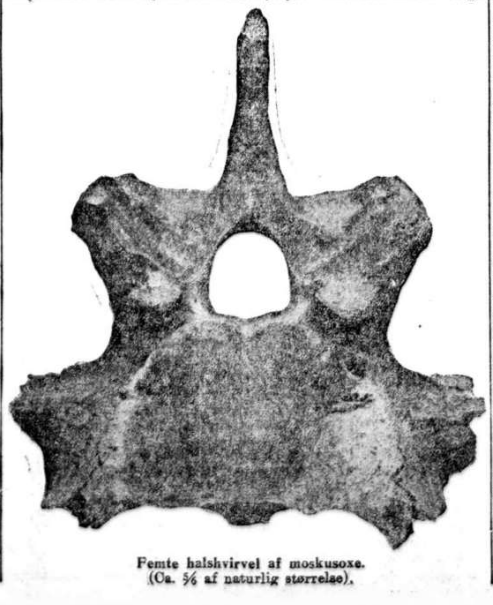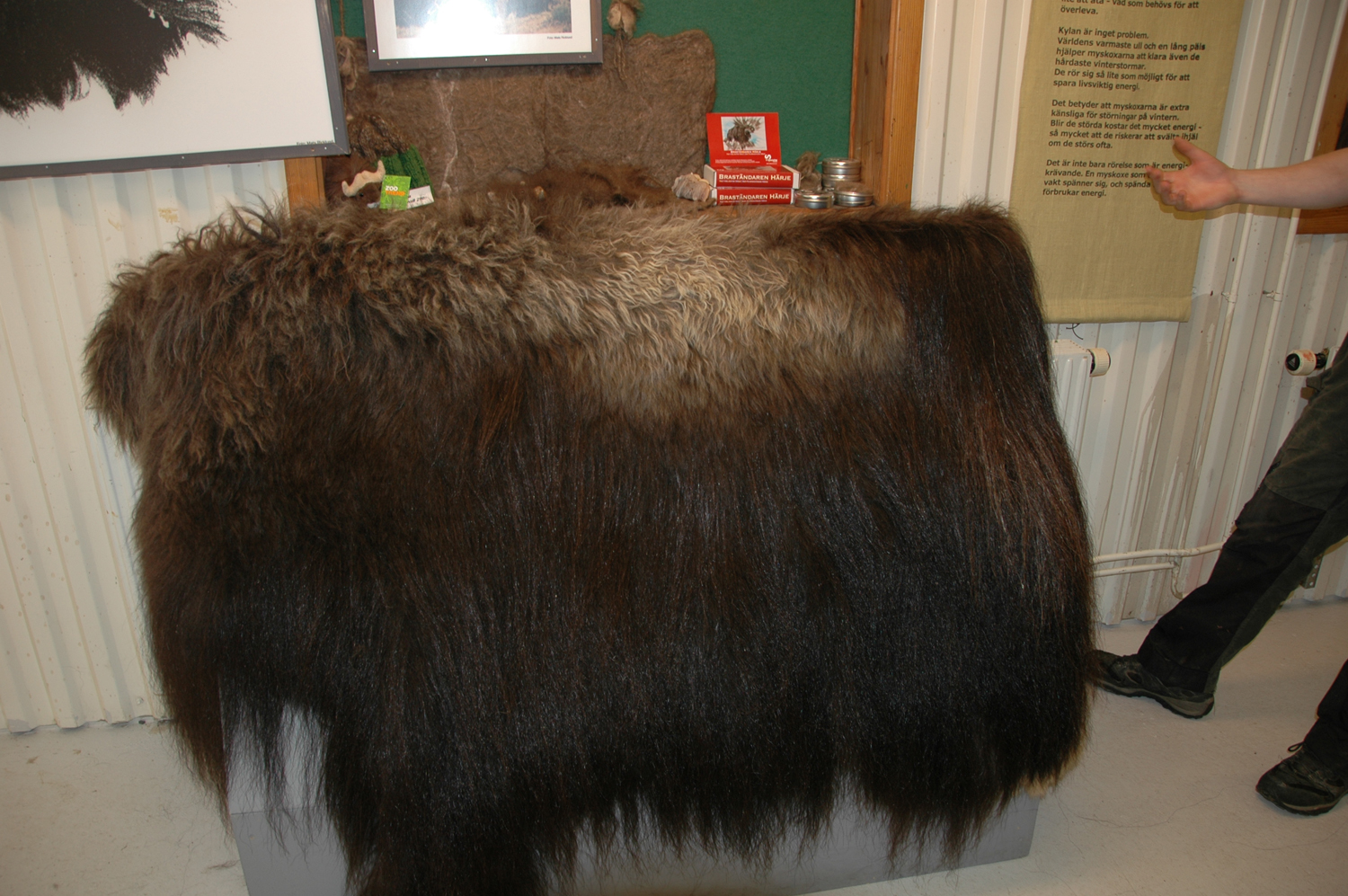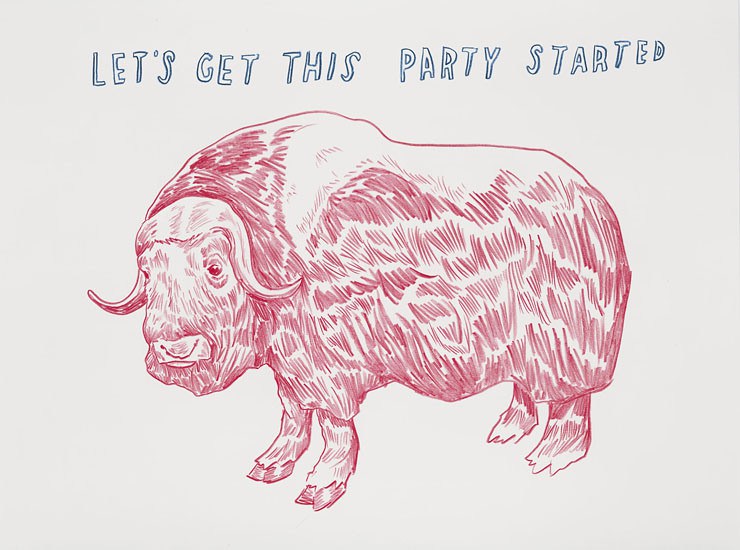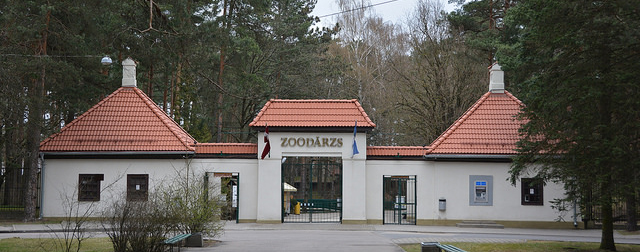muskox
-
The perfect Christmas gift?
It’s Christmas and all the presents have been opened to the great delight of children everywhere. Fantastic gifts for the adults are often much harder to come by than those for kids. But in an article from 12 December 1970, I saw a gift that might just turn heads: an original Norwegian muskox pattern sweater (Moskus-kofte). The sweater, which was designed by Mrs. Bergljot Henningsen, was going to be produced by Norsk Moskus A/S who had imported 25 muskox calves to Bardu, Norway, in 1969 as domestic stock. Because muskox wool (qiviut) cost 700 kr per kilo and took one month to handspin, only the muskoxen themselves would be…
-
Migrant muskox
Yesterday, I had the opportunity to give the Rachel Carson Center Lunchtime Colloquium talk. The video of the full talk is available online. My talk entitled “Naturalised national identities: Migrant muskox in northern nature” took as its departure point studies of human migration, which have received a lot of attention in the past decade. Scholars have been interested in understanding the push/pull forces behind human migrations, whether they are willing or forced, and how the recipient communities have accepted (or not) the immigrants. The concept of “environmental migration” has even been used to describe human migration due to environmental change or stress events like hurricanes or earthquakes. But these studies have…
-
War on wildlife
When I was in London at the end of October, I saw a barrage of red poppies. They were everywhere — on signs and stores and lapels. As an American, I will admit being confused about what they were for when my daughter asked me, so we talked to a guy on the bus wearing one. I found out that they were for Remembrance Day or Armistice Day — November 11 — which marks the end of World War I and honors those who fell in the ‘war to end all wars’. The poppies will likely be a common sight over the next few years since 2014 marks the 100th…
-
Missing a chunk of the 20th century
I spent this morning in the Umeå University library basement looking through newspapers on microfilm. I was glad to see that the microfilm section had a new digital reader, which allowed for better zooming and image adjustment than the old machine, but I still could only print out the images rather than saving them as electronic files. The reason I was there was to find out about the public reaction to the muskox which migrated over the Norwegian-Swedish border in 1971. While the major Norwegian newspaper Aftenposten has a complete digital archive (a paid subscription is required to access it), there are few digitised newspapers for Sweden for the 20th…
-
A poem about loss
In historical research we sometimes come across little gems, insights into what a particular person at a particular moment in time thought about a situation. Today I discovered a lovely poem published in the Norwegian newspaper Aftenposten on 24 October 1932. The author is listed simply as Nicolette. For those who can read Norwegian, here’s the poem in its entirety. Moskus på Dovre I Dovre gikk jeg mangen gang i allehånde ruter. Og ofte jeg for livet sprang for hundre tusen stuter. — for Gudbrandsdals- og Østerdals- og sidedals- og søsterdals- og Drivdalsstut og Trøndelags- og landbrukslags- og bønderlags-. Og nu jeg hører till mitt sjokk at faren stadig vokser! Nu har…
-
Museum menageries
A photo I took of a muskox on display at the Vitenskapsmuseet in Trondheim has just won 3rd place in the A Snapshot of the Field 2013 competition put on by the Network in Canadian History & Environment (NiCHE). In honor of that honor, I wanted to share some portraits of museum muskox I’ve taken as part of this project. Each specimen has its own story to tell–one in which reintroduction, public understanding of science, and individual animals’ histories converge. 1. Just touch me! Vitenskapsmuseet, Trondheim, Norway (The prize winner) On 23 June 2013, I was coming toward the end of a week and a half archival work / field…
-
Native, introduced, reintroduced or missing
A few weeks ago I was giving a guest lecture on databases and how they work for participants in a Digital History PhD course. I called up the IUCN Red List website as an example of a database that is retrieving and displaying information online. I was showing them around the site using the entry for muskox (Ovibos moschatus) when one of the students looked at the species distribution map on the screen and said, “But wait, there’s no muskox showing in Norway.” “What?!” I replied. Then I looked closer and indeed, there was no indication of muskox living in Scandinavia. What was going on? I didn’t have time to look…
-
Past and future together
At the ESEH 2013 conference last week in Munich, I gave a paper titled “The past is the future: The reintroduction of muskox in Norway”. In that talk, I focused on the ways that natural history has been mobilized within reintroduction discourse. The muskox is a peculiar – and enlightening – case of how the past matters to the present and future. You see, muskox have not been in Europe for a very long time, at least several thousand years. But in May 1913, a neck vertebra was found during the construction of the railway line through the Dovre mountains. A spinal vertebra was found later in November 1913 on…
-
Controlling transgressors
On Sunday, 25 August 2013, the Norwegian wildlife management branch of the country’s environmental agency (Statens naturoppsyn) killed a muskox that had wandered too far out of the permitted muskox management area, according to a news report. The individual had headed northwest from the Dovre mountains area and was moving down from a mountain named Nesaksla toward the town of Åndalsnes. This wouldn’t have been the first time Åndalsnes had been visited by a muskox. In July 1971, when some young boys came down from a hike on Nesaksla claiming that they had seen a muskox, everyone thought they were ‘crying wolf’. But two men went to investigate and indeed…
-
The great Greenland hunt
All of the muskox calves that eventually came to Norway and Sweden as reintroduction objects originated in East Greenland. So it is there that the return of the Nordic muskox begins. East Greenland first became a Norwegian whaling location then seal hunting grounds in the late 19th century. During the winters on Greenland, hunters and their dogs required food – and the muskox became their favorite prey. According to a hunter’s account quoted in Elisabeth Hone’s The Present Status of the Muskox in Arctic North America and Greenland (1934), sled dogs needed 2 pounds of muskox meet every day, which for a team of 8-12 dogs, meant consuming 20 pounds…
